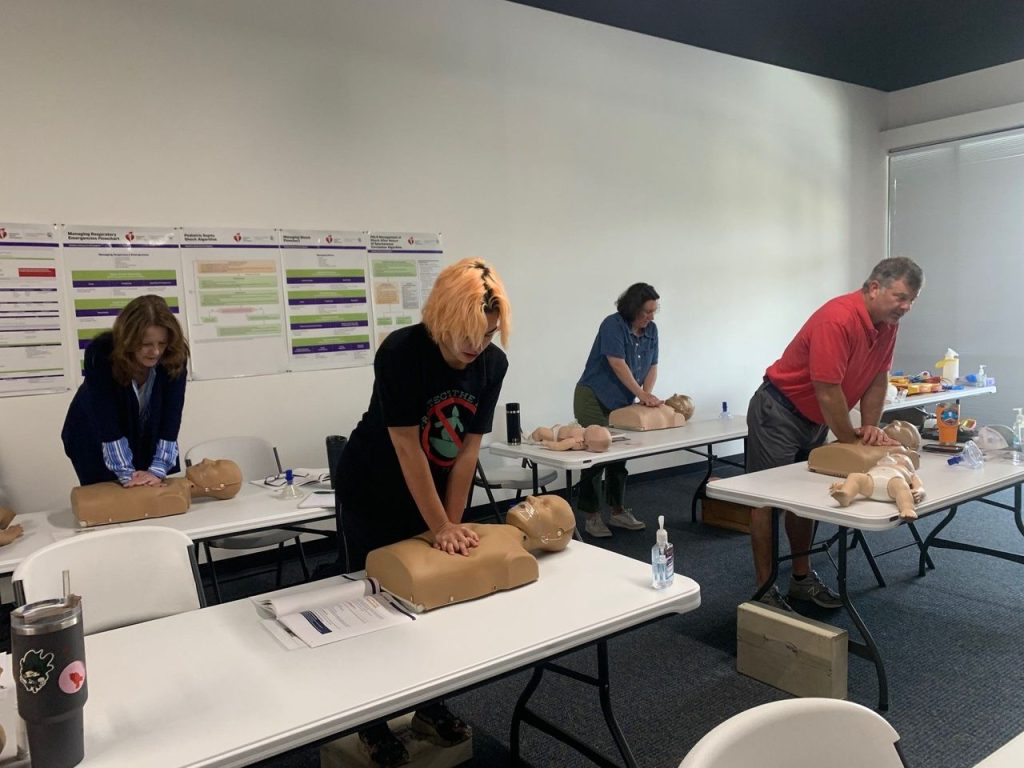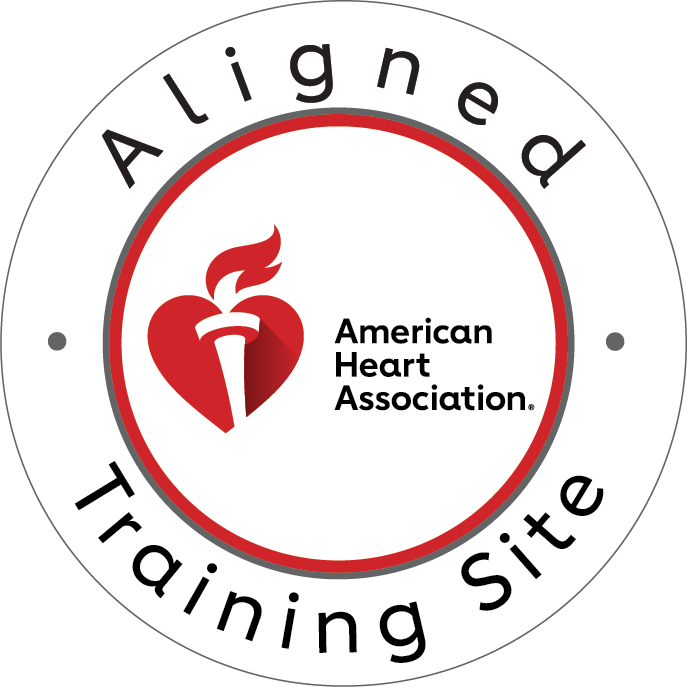Understanding the Critical Role of Complete Chest Recoil in CPR
When cardiac arrest strikes, every second counts. However, even well-intentioned rescuers can unknowingly compromise survival chances through incomplete chest recoil during CPR. This seemingly minor technical error can dramatically reduce a victim’s chances of survival, making proper chest recoil technique essential for effective resuscitation.
Incomplete chest recoil occurs when the chest wall doesn’t fully return to its natural position between compressions. This happens when rescuers maintain pressure on the chest or fail to allow complete elastic recoil. Consequently, this technique error significantly impairs cardiac output and reduces the effectiveness of life-saving compressions.
The Science Behind Incomplete Chest Recoil and Cardiac Function
During effective CPR, the heart functions as a pump through external chest compressions. The compression phase forces blood out of the heart’s chambers, while the recoil phase allows the heart to refill with blood. When incomplete chest recoil occurs, the heart cannot adequately refill between compressions, severely limiting the amount of blood circulated with each subsequent compression.
Research demonstrates that incomplete chest recoil reduces coronary perfusion pressure by up to 30%. This reduction directly correlates with decreased survival rates because adequate coronary perfusion is crucial for maintaining viable heart muscle during resuscitation attempts. Furthermore, incomplete chest recoil impairs venous return, reducing the heart’s preload and ultimately decreasing stroke volume.
The physiological impact extends beyond immediate cardiac function. Incomplete chest recoil also affects cerebral perfusion, reducing oxygen delivery to brain tissue. Since brain cells begin dying within 4-6 minutes without oxygen, maintaining optimal blood flow through proper chest recoil becomes critically important for neurological outcomes.
How Incomplete Chest Recoil Compromises Circulation
The cardiovascular system depends on pressure differentials to maintain circulation. During CPR, complete chest recoil creates negative intrathoracic pressure, which enhances venous return to the heart. However, when incomplete chest recoil occurs, this pressure differential is lost, significantly reducing the volume of blood returning to the heart’s chambers.
Medical studies show that incomplete chest recoil can reduce cardiac output by 25-40% compared to compressions with complete recoil. This reduction occurs because the heart’s chambers cannot fully expand to accommodate incoming blood. Additionally, incomplete chest recoil increases intrathoracic pressure, which further impedes venous return and reduces cardiac filling.
The cumulative effect of these physiological changes creates a downward spiral. As cardiac output decreases due to incomplete chest recoil, organ perfusion diminishes, making successful resuscitation increasingly difficult. This explains why proper chest recoil technique is fundamental to CPR effectiveness.
The Impact on Survival Rates: What the Research Shows
Clinical evidence consistently demonstrates that incomplete chest recoil significantly reduces survival rates in cardiac arrest victims. A landmark study published in the New England Journal of Medicine found that patients who received CPR with incomplete chest recoil had 30% lower survival rates compared to those who received compressions with complete recoil.
The research reveals that incomplete chest recoil affects both immediate resuscitation success and long-term outcomes. Patients experiencing incomplete chest recoil during CPR show reduced rates of return of spontaneous circulation (ROSC), which is a critical predictor of survival. Moreover, even when ROSC is achieved, patients who received CPR with incomplete chest recoil often experience worse neurological outcomes.
Hospital discharge rates also suffer when incomplete chest recoil occurs during resuscitation efforts. Studies indicate that survival to hospital discharge decreases by approximately 20% when chest compressions lack complete recoil. This statistic underscores the importance of proper technique training for healthcare providers and laypersons alike.
Common Causes of Incomplete Chest Recoil in CPR
Several factors contribute to incomplete chest recoil during CPR. Rescuer fatigue is a primary cause, as tired individuals often lean on the chest between compressions without realizing it. This unconscious behavior prevents the chest wall from returning to its natural position, creating incomplete chest recoil.
Improper hand positioning also leads to incomplete chest recoil. When rescuers place their hands too low on the chest or use incorrect finger placement, they may inadvertently maintain pressure between compressions. Additionally, anxiety and adrenaline can cause rescuers to rush through compressions without allowing adequate time for complete recoil.
Equipment-related factors can also contribute to incomplete chest recoil. Some CPR feedback devices may not properly detect chest recoil, leading to inadequate correction of technique. Furthermore, performing CPR on soft surfaces like beds can make it difficult to achieve complete chest recoil, as the surface absorbs some of the compression force.
Proper Technique to Ensure Complete Chest Recoil
Achieving complete chest recoil requires deliberate attention to technique throughout the resuscitation process. First, rescuers must position their hands correctly on the lower half of the breastbone, ensuring proper leverage for effective compressions. The heel of the hand should make contact with the chest, while fingers remain lifted to avoid unnecessary pressure.
During compressions, rescuers should compress the chest at least 2 inches deep at a rate of 100-120 compressions per minute. However, the key to preventing incomplete chest recoil is completely releasing pressure between compressions. This means allowing the chest wall to fully return to its natural position before beginning the next compression.
Proper body positioning helps maintain complete chest recoil throughout the resuscitation effort. Rescuers should keep their arms straight and shoulders directly over their hands, using their body weight to provide compression force. Between compressions, they should slightly shift their weight back while maintaining hand contact with the chest, allowing complete recoil without losing proper positioning.
Training and Education: The Key to Preventing Incomplete Chest Recoil
Comprehensive CPR training is essential for preventing incomplete chest recoil and improving survival rates. Quality training programs emphasize hands-on practice with immediate feedback, allowing learners to develop muscle memory for proper technique. This approach helps rescuers maintain complete chest recoil even under the stress of real emergencies.
Simulation-based training proves particularly effective for teaching proper chest recoil technique. High-fidelity mannequins with real-time feedback systems can detect incomplete chest recoil and provide immediate correction. This technology allows learners to practice until they consistently achieve complete recoil with every compression.
Regular recertification ensures that rescuers maintain proficiency in preventing incomplete chest recoil. Skills can deteriorate over time, making periodic refresher training crucial for maintaining high-quality CPR technique. Professional healthcare providers should particularly focus on maintaining proper chest recoil technique, as they’re more likely to encounter cardiac arrest situations.
Technology and Incomplete Chest Recoil Prevention
Modern CPR feedback devices play a crucial role in preventing incomplete chest recoil. These devices use sensors to monitor compression depth, rate, and recoil in real-time, providing immediate feedback to rescuers. When incomplete chest recoil is detected, the device alerts the rescuer to adjust their technique.
Some advanced systems integrate with hospital protocols to track CPR quality metrics, including chest recoil compliance. This data helps identify training needs and improve overall resuscitation outcomes. Additionally, smartphone apps with CPR guidance can help lay rescuers maintain proper technique, including complete chest recoil.
The future of CPR technology promises even more sophisticated tools for preventing incomplete chest recoil. Artificial intelligence systems may soon provide personalized feedback based on individual rescuer performance, optimizing techniques for maximum effectiveness.
Take Action: Master Proper CPR Technique Today
Don’t let an incomplete chest recoil compromise your ability to save lives. At CPR Nashville, we provide comprehensive American Heart Association training that emphasizes proper chest recoil technique. Our stress-free, hands-on courses ensure you’ll master the skills needed to perform effective CPR when it matters most.
Whether you need BLS certification in Nashville or want to renew your CPR certification in Nashville, our expert instructors will guide you through every aspect of proper resuscitation technique. We offer initial certifications and renewals in BLS for Healthcare Providers, ACLS, PALS, and CPR and First Aid courses.
Ready to make a difference? Contact CPR Nashville today to schedule your training and join the ranks of skilled rescuers who understand that proper chest recoil can mean the difference between life and death. Your commitment to excellence in CPR technique could save someone’s life tomorrow.





